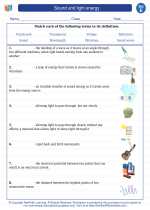Sound and light energy -> muscles
Muscles: Anatomy and Function
Our bodies are made up of over 600 muscles, which play a crucial role in allowing us to move and function. Muscles are comprised of specialized cells that have the unique ability to contract, producing movement and maintaining posture. There are three main types of muscles: skeletal, cardiac, and smooth muscles.
Skeletal Muscles
Skeletal muscles are attached to the bones and are responsible for voluntary movements such as walking, running, and lifting. They work in pairs, with one muscle contracting (agonist) while the other relaxes (antagonist) to produce movement.
Cardiac Muscle
Cardiac muscle is found in the walls of the heart and is responsible for pumping blood throughout the body. It contracts rhythmically to maintain the heart's function and is involuntary, meaning we cannot consciously control it.
Smooth Muscles
Smooth muscles are found in the walls of hollow organs such as the stomach, intestines, and blood vessels. They are also involuntary and work to control functions such as digestion and blood flow.
Muscle Structure
Each muscle is made up of muscle fibers, which are in turn composed of myofibrils. Myofibrils contain contractile proteins called actin and myosin, which are responsible for the muscle's ability to contract and produce force. The point where a nerve ending meets a muscle fiber is called the neuromuscular junction, and this is where the signal to contract is transmitted.
Study Guide
- What are the three main types of muscles?
- Describe the function of skeletal muscles.
- Where is cardiac muscle found, and what is its function?
- What is the function of smooth muscles?
- Explain the structure of a muscle at the cellular level.
- What is the neuromuscular junction, and what role does it play in muscle contraction?
Understanding the anatomy and function of muscles is essential for comprehending how our bodies move and function on a daily basis. It is also crucial for athletes, physical therapists, and medical professionals in diagnosing and treating muscle-related injuries and conditions.
[Muscles] Related Worksheets and Study Guides:
.◂Science Worksheets and Study Guides Fifth Grade. Sound and light energy
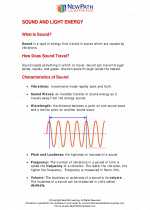
 Activity Lesson
Activity Lesson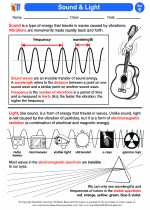
 Worksheet/Answer key
Worksheet/Answer key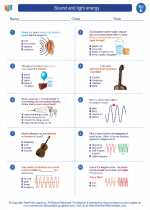
 Worksheet/Answer key
Worksheet/Answer key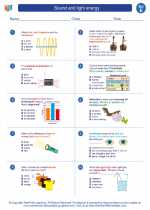
 Worksheet/Answer key
Worksheet/Answer key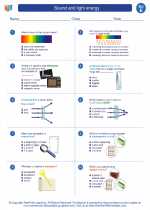
 Worksheet/Answer key
Worksheet/Answer key
 Vocabulary/Answer key
Vocabulary/Answer key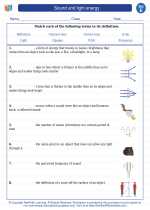
 Vocabulary/Answer key
Vocabulary/Answer key